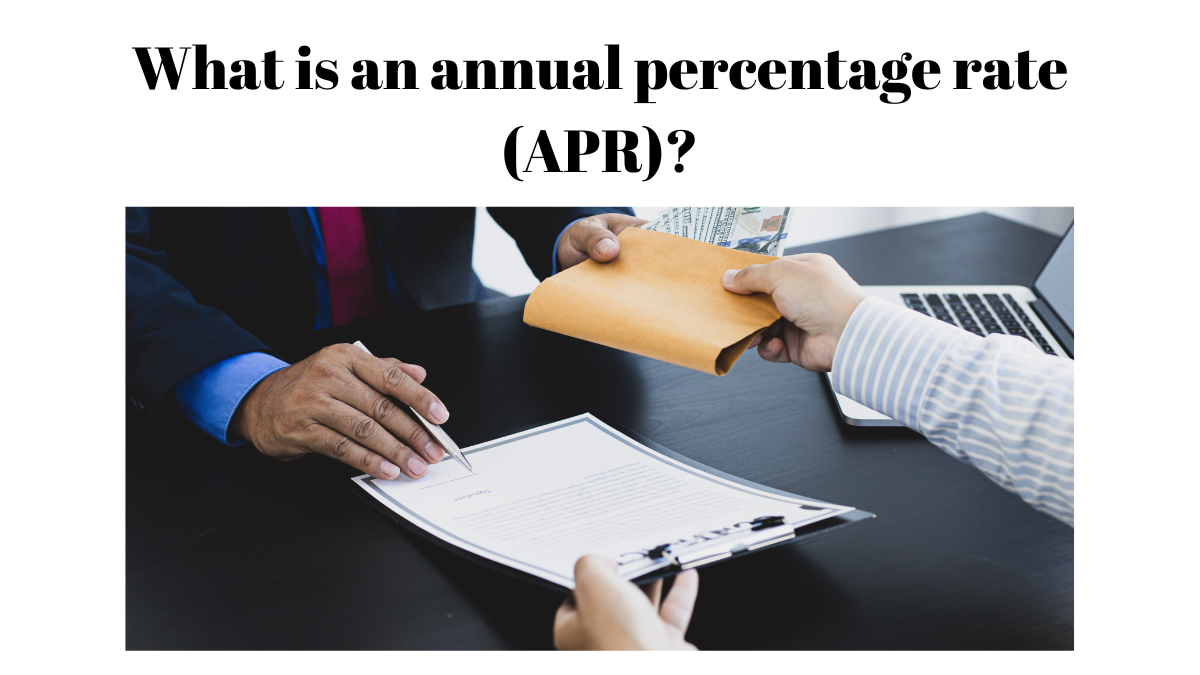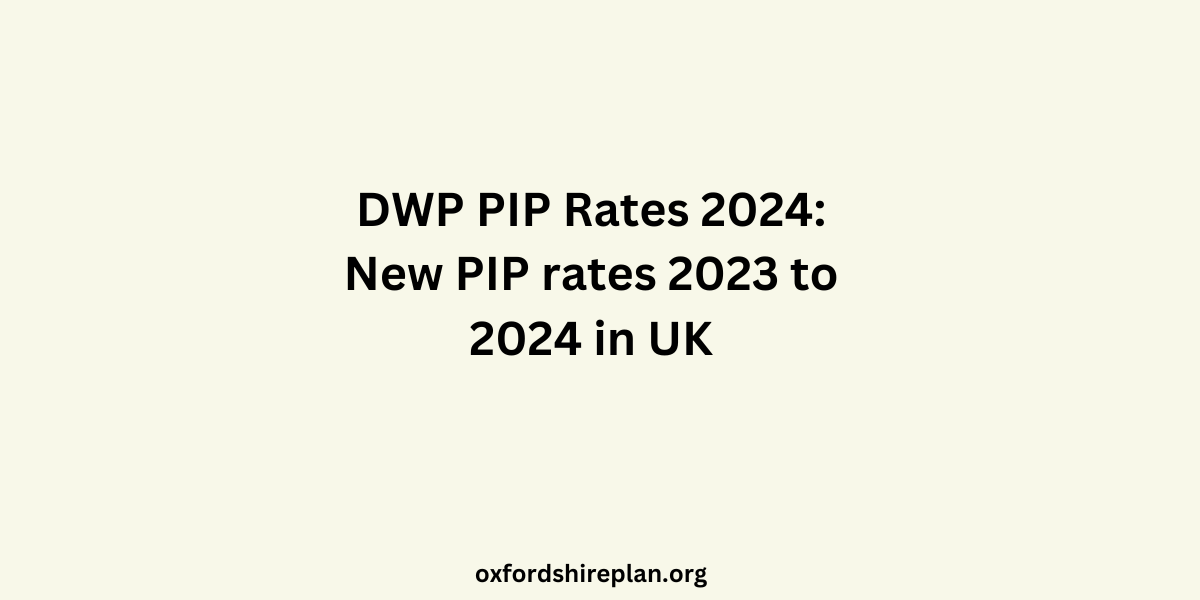The annual percentage rate (APR) is essentially the yearly cost you pay for taking out a loan. This rate is mentioned whenever you are dealing with any form of loan, be it credit cards, home loans, or personal loans.
When you are looking to get a credit card, a personal loan, or a mortgage, the financial institution will tell you about something called the APR. This stands for annual percentage rate. You might be wondering, what exactly does that mean and why is it important?
Think of the APR as the yearly price tag on the money you borrow. It is not just the interest you pay every year for your loan, but it also includes other charges, which we will get into in a bit.
Contents
Why is it important to understand how APR works?
Getting to know the annual percentage rate (APR) and its various forms is important when you are comparing different loan offers. This rate helps you understand the extra amount you need to pay back to the lender in addition to the money you initially borrowed.
This knowledge benefits us because it can:
- Help you figure out if taking a loan is a good choice for you
- Guide you to make smarter choices when you want to get credit
- Allow you to choose a borrowing method that fits your financial habits
- Let you weigh up different loan options from various lenders
- Assist you in planning your loan and payments so you can keep extra costs as low as possible
How does APR work?
The annual percentage rate (APR) covers all the regular charges and interest you need to pay for your loan each year. This is usually added to what you owe every month.
If you clear your total due amount each month, you would not have to pay any interest. However, if there is any amount you do not pay off, you will be charged interest at the APR your lender has set.
If you choose to pay back the money over a longer time, your monthly payments will be smaller, but you will end up paying more in total.
Keep in mind that the cost of using a credit card is not just the interest rate. The APR takes into account both the interest rate and any other usual fees. So, the APR gives you a fuller understanding of the total cost of borrowing.
Also, it is important to note that the APR includes only the required fees. Extra charges, like for payment protection, late payments, or exceeding your credit limit, might not be part of the APR. That is why it is important to read all the terms and conditions carefully before you sign up for any credit.
What types of APR are available?
Let us know about different types of annual percentage rate (APR) that lenders often mention:
- Fixed APR: This rate remains constant over a specific period or even throughout the entire loan term. If you have borrowed a fixed amount (like a personal loan or mortgage), your monthly repayments stay predictable.
- Variable APR: Tied to an index interest rate ( like the prime rate), the variable APR can change. Initially, it might be lower, but over time, it could increase. This makes budget planning trickier.
- Typical APR: It is an estimate of the interest most people are likely to pay. However, your actual rate may be higher based on your personal financial situation and credit score.
- Representative APR: This advertised rate is what at least 51% of approved applicants receive. Nearly half of those accepted might not qualify for this rate and may end up paying more.
Other kinds of APR to look out for:
Let us know different types of annual percentage rate (APR) that lenders often mention:
- Purchase APR: This rate applies to purchases made using a credit card. It is the cost you will incur for buying things with that card.
- Cash Advance APR: When you borrow cash using your credit card, this rate comes into play. It is usually higher than the purchase APR. Some other transactions, like buying lottery tickets or exchanging currency, might also be considered cash advances. The key thing to note is that these purchases mainly do not have a grace period, so interest starts accumulating immediately.
- Penalty APR: If you violate the terms of your loan agreements like missing a payment or making a late repayment the penalty APR may kick in. Your loan’s APR could increase for a certain period. Always review your loan terms and any notices from your lender regarding your account.
- Introductory or Promotional APR: When you get a new credit card or loan, it might come with a lower, temporary rate. This special rate could apply to purchases or specific transactions, like a balance transfer.
Some Questions
What is APR?
The Annual Percentage Rate (APR) is the yearly interest rate charged by a lender. It is expressed as a percentage.
Why Is APR Important?
It helps you compare different loan options. Remember, a low stated interest rate does not always mean the best deal.
Read More:
- Stamp Duty Holiday End: what was it and what effect did it have?
- The Pros and Cons Of A Salary Advance – (Should You Ask For one)
- TPG Products SBTPG LLC Deposits Explained
- The biggest mistake parents make when setting up a trust fund UK
- Know All About UK Retirement Age 2023

I am a dedicated lifestyle and fashion enthusiast, always looking for the latest trends and timeless styles. With a flair for creativity and a passion for self-expression, I provide fresh insights and tips on elevating everyday living and personal style.
















